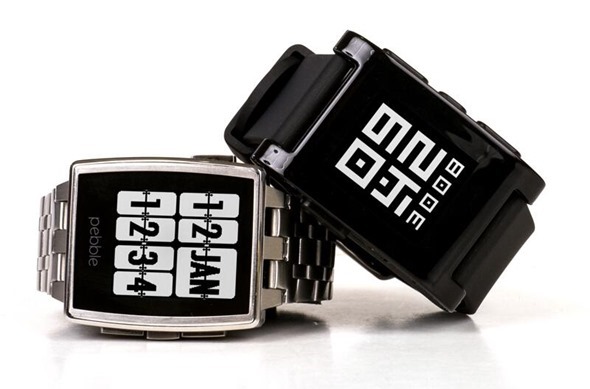
Wrist-ready style. Slightly larger than a conventional watch, the Sony SmartWatch 2 ($200) has a sleek and fashionable aluminum case and a silicon or stainless-steel wristband. The SmartWatch, which syncs to your phone, vibrates softly when you get a call, e-mail or text message (including friends' Facebook and Twitter posts). With a Bluetooth headset, you can use it to make and receive phone calls, view a list of recent calls, and control (play, stop and skip) songs on your phone. The 1.6-inch LCD screen is easy to read in bright sunlight, although the colorful 220-by-176-pixel resolution lacks the crispness of current smart-phone displays. The device runs three to four days between charges.
The SmartWatch 2 works only with smart phones running Android 4.0 or higher. To pair them, you either touch the SmartWatch to your phone (if it's NFC-compatible) or use Bluetooth to link the devices. The SmartWatch comes with a few preinstalled apps, but you have to go to the Google Play store to download the really useful stuff. We found some of the apps a bit glitchy, and the user experience was far from seamless.
Long-distance runner. The Magellan Echo ($150) is less ambitious than the Sony SmartWatch. It connects with your smart phone, but you cannot send and receive calls. But what the Echo does, it does well: display real-time feedback from sports apps, such as MapMyRun, Strava and Wahoo Fitness, running on your Apple iOS device. (Android support is "coming soon," Magellan says.) The Echo has a decidedly athletic look, and it can run for months on a single inexpensive lithium battery. But miserly energy consumption involves trade-offs. The Echo's 1-inch, 128-by-128-pixel display is reasonably easy to read, but it's small and drab. Just to be clear: You'll need to bring along your iPhone, too, which could prove cumbersome for runners.
The Pebble has a slim, polycarbonate case. (A more rugged version, the Pebble Steel, is sheathed in stainless steel and costs $250.) It runs five to seven days between charges, a little longer than the SmartWatch. Its 1.26-inch, 144-by-168-pixel display is reasonably sharp. The Pebble's stable of popular apps is growing, with Yelp, Foursquare, ESPN and Pandora expected to release Pebble-specific versions soon.
Comment by clicking here.
Jeff Bertolucci is a Contributing Writer at Kiplinger's Personal Finance.



 Contact The Editor
Contact The Editor
 Articles By This Author
Articles By This Author